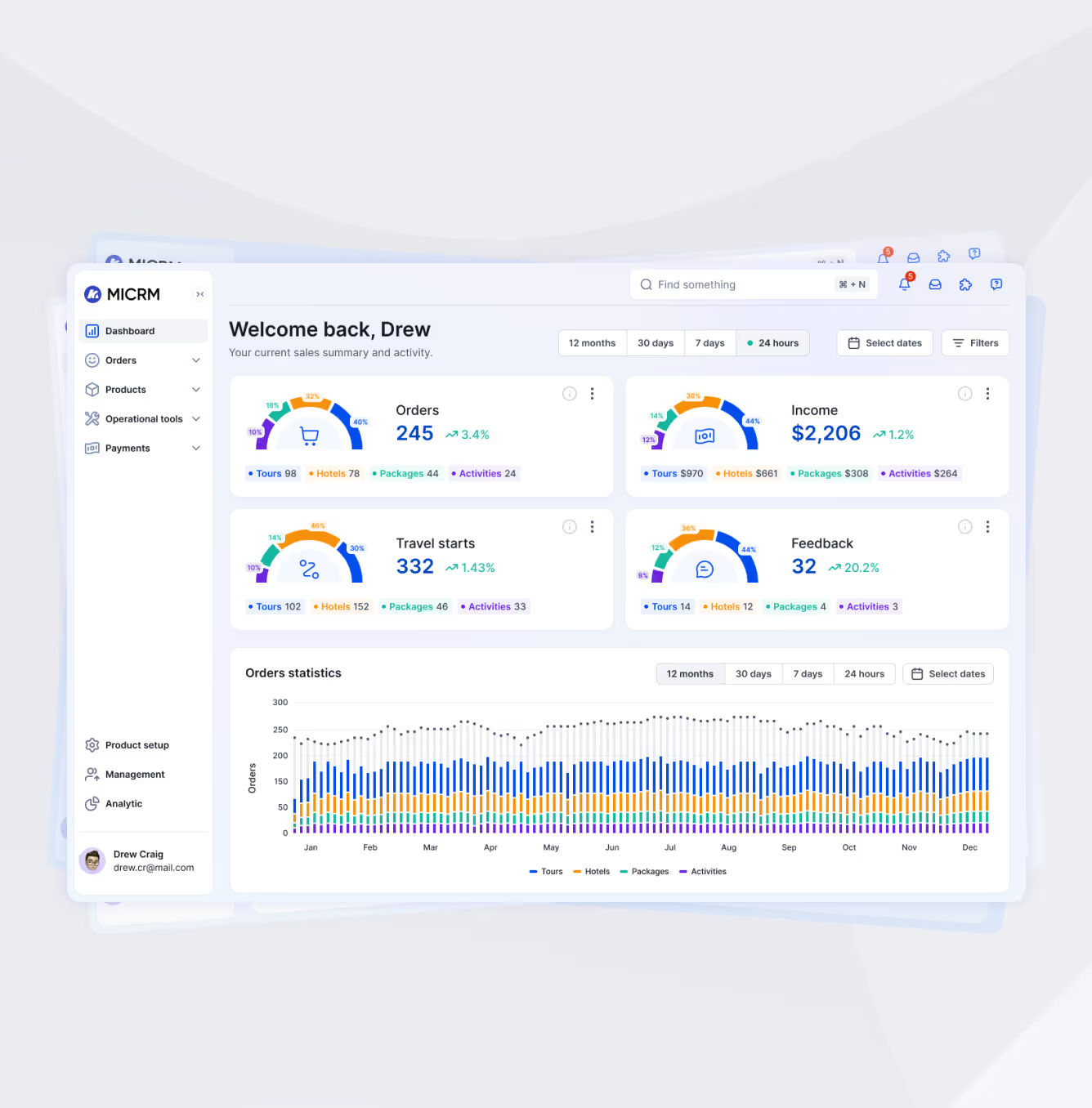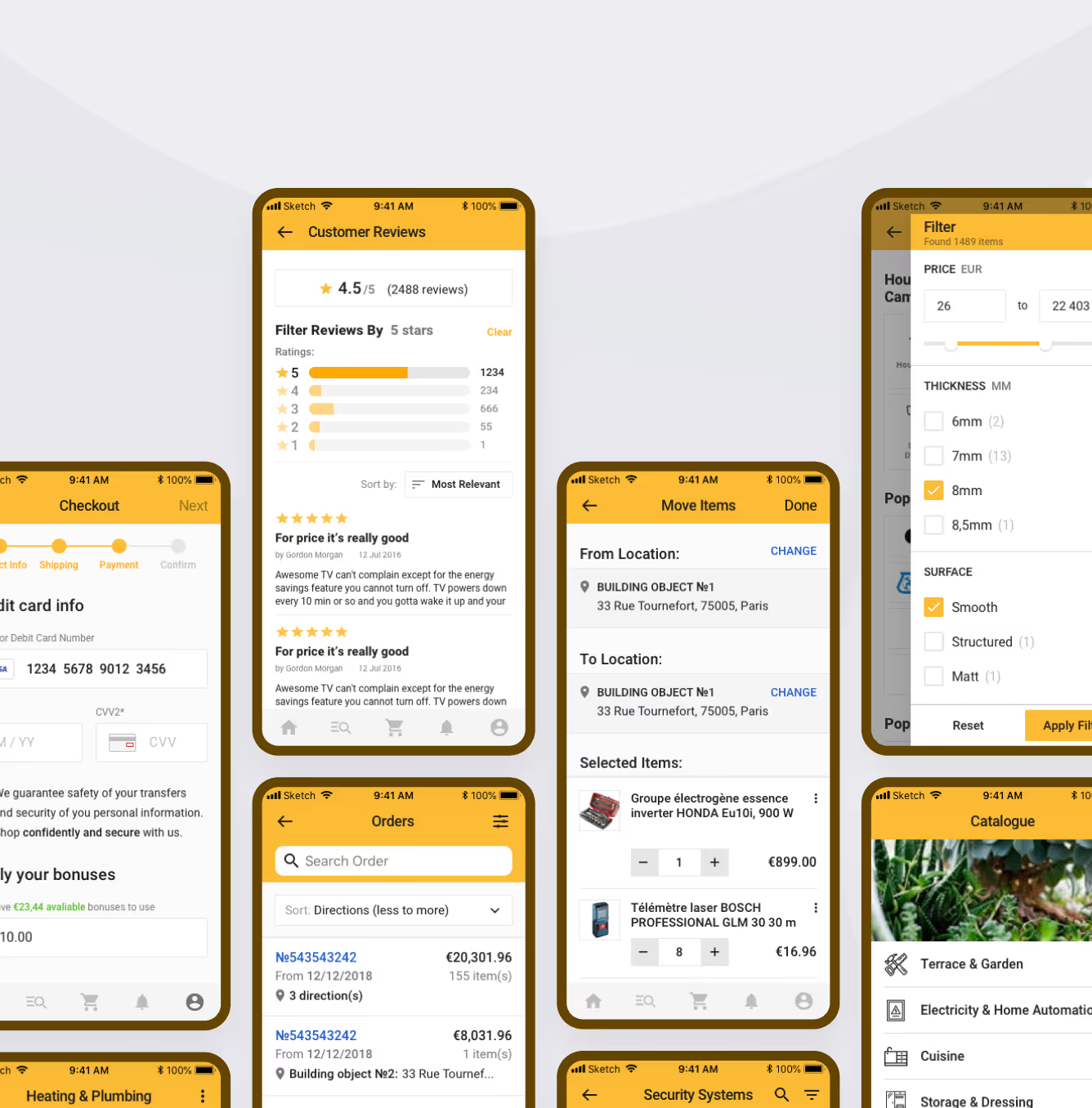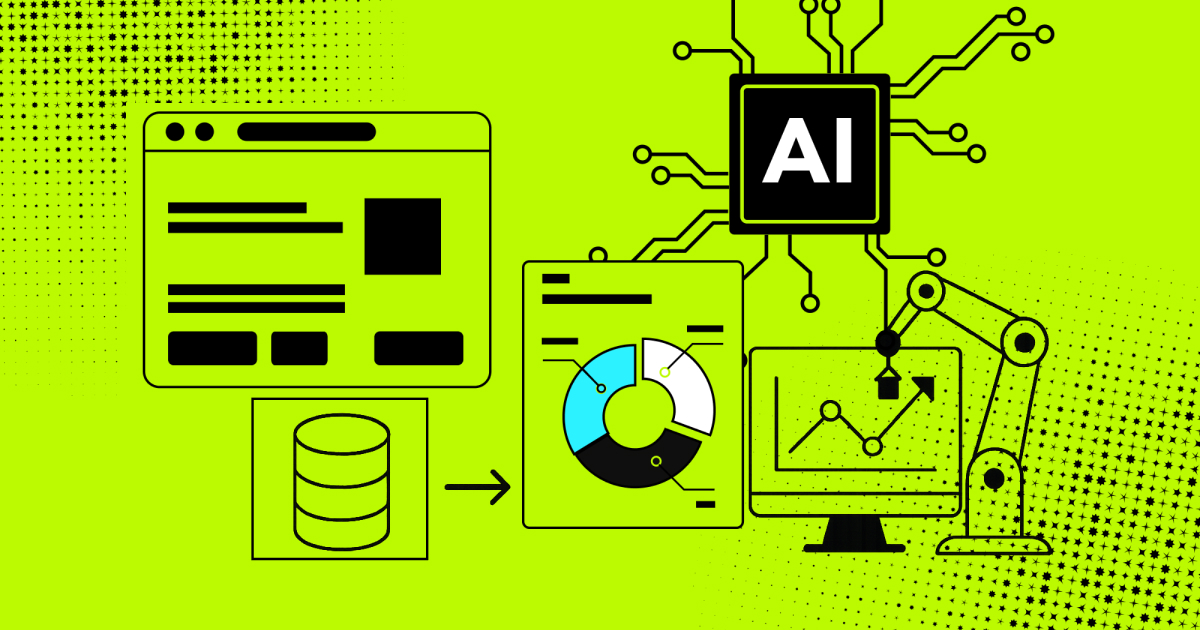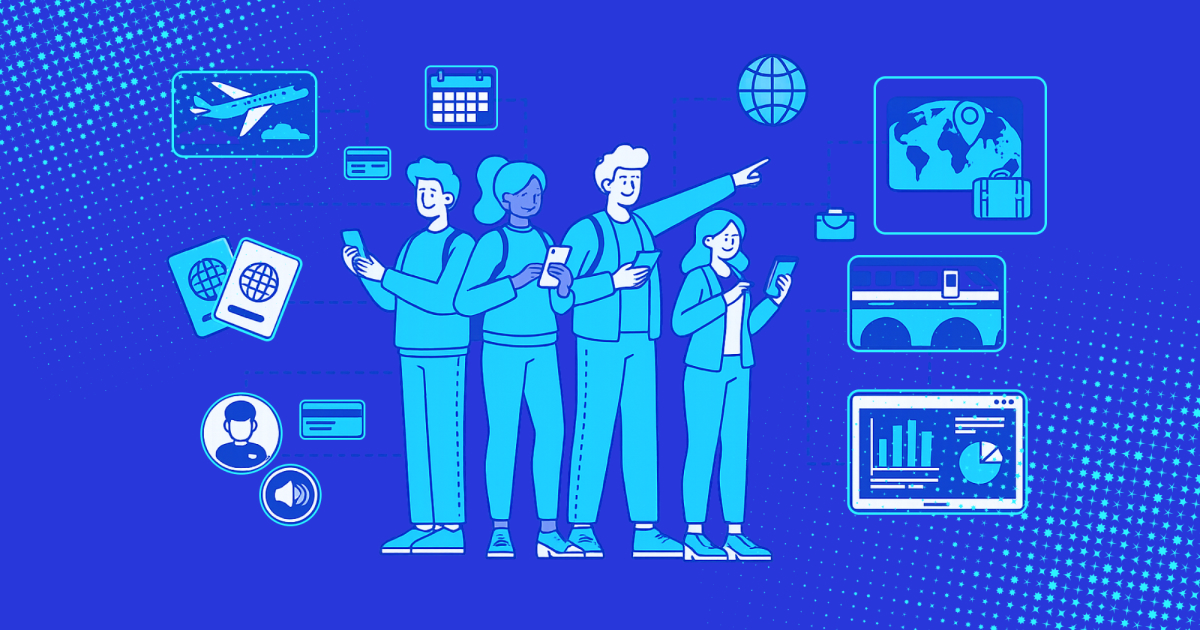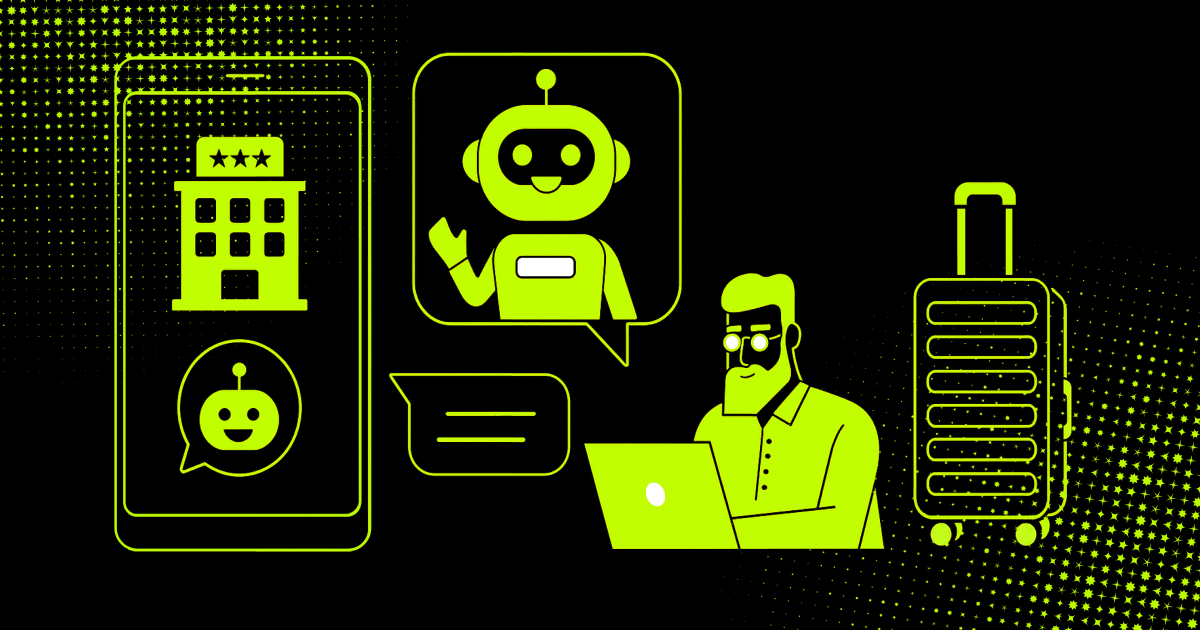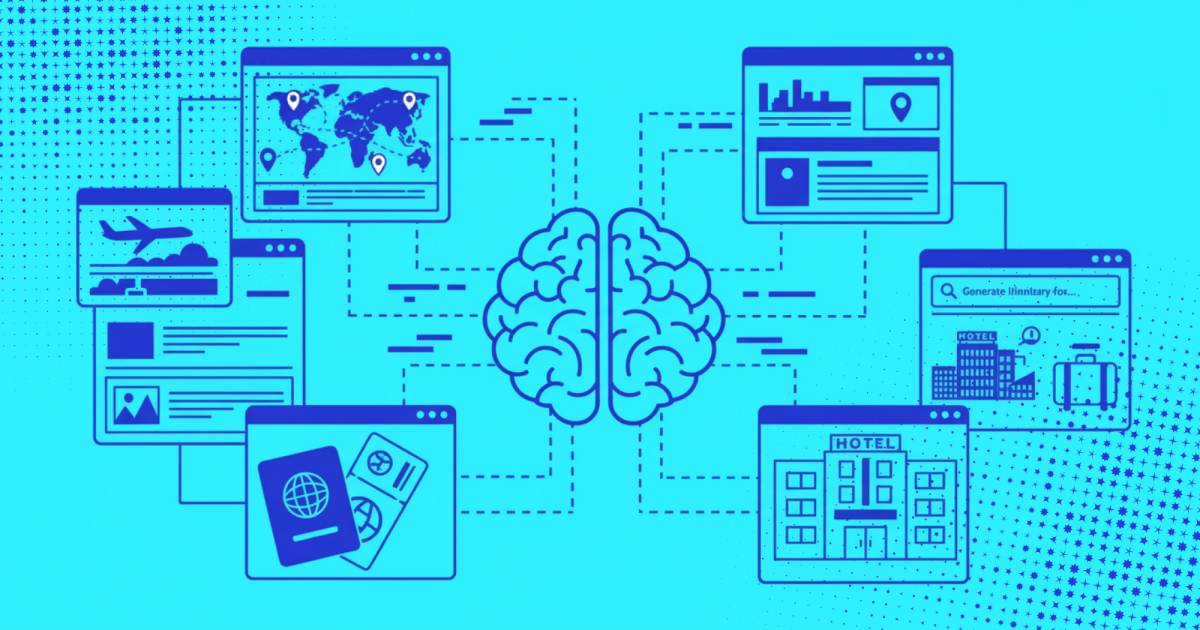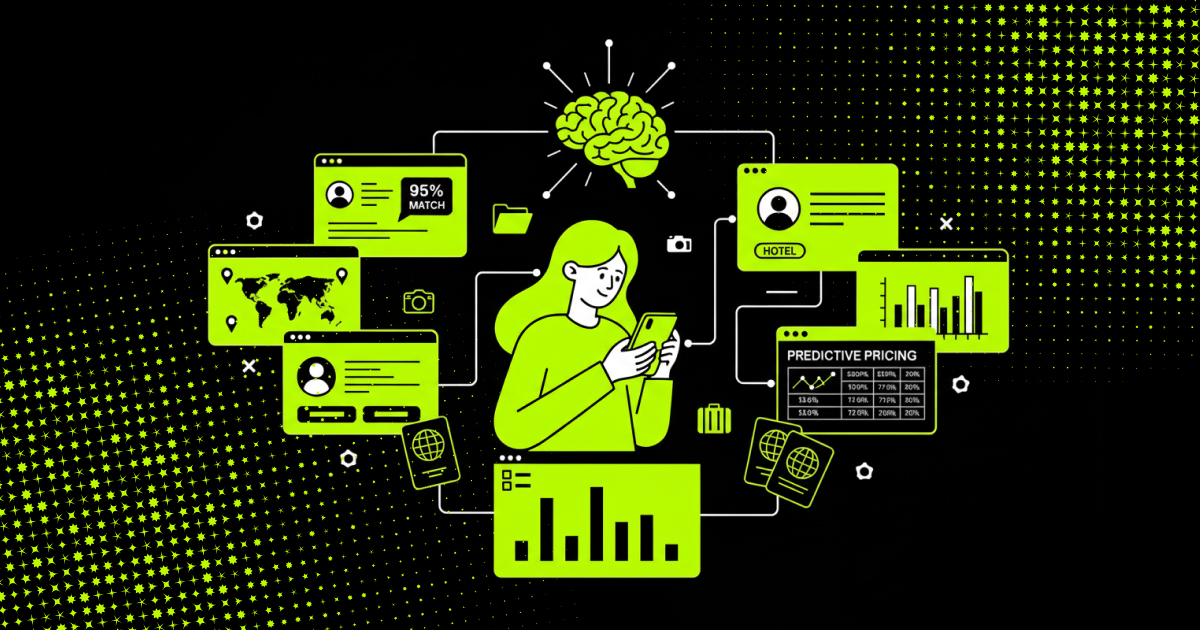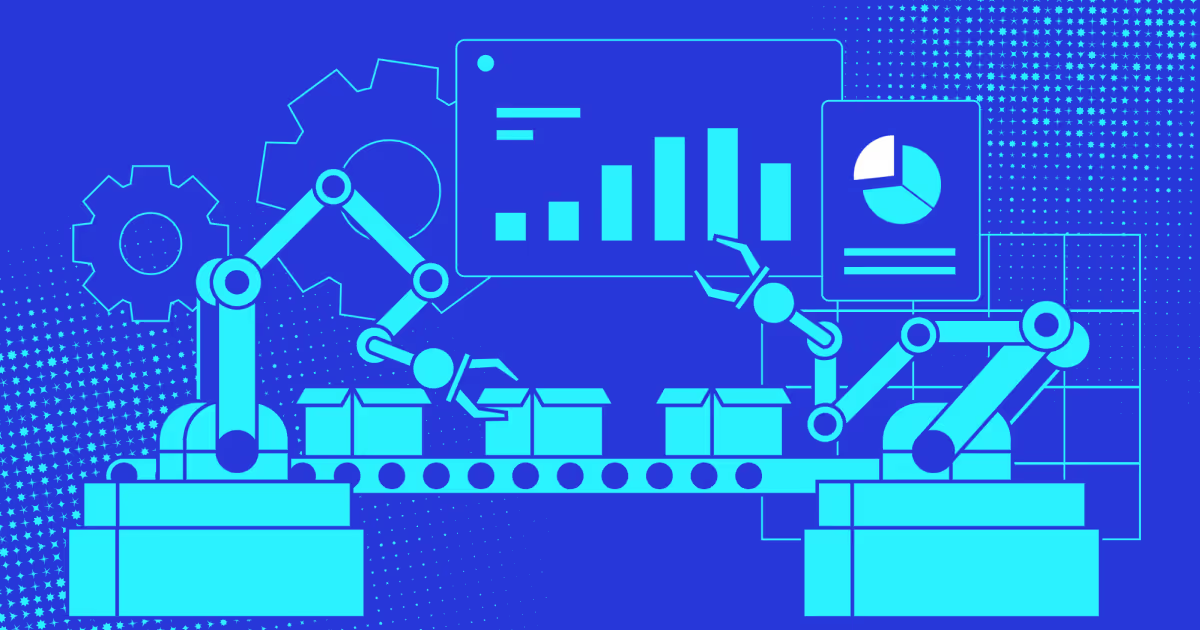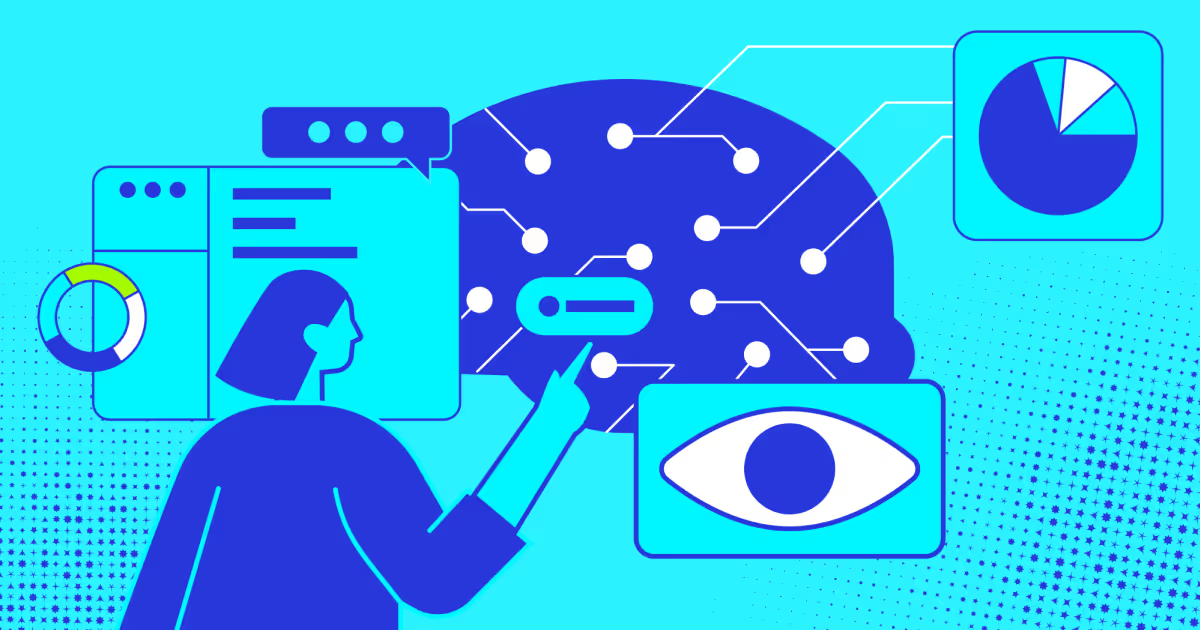Validate your idea, put processes on autopilot, and craft efficient products. Make better decisions by using clever algorithms to find insights. We assist in transforming intricate data into workable solutions that grow with your company.




Scroll down
LLM integration and creation to help you open up new opportunities
COAX’s LLM development and AI training services will bring you an unfair advantage. While your competitors use generic models, you will own your own, trained on your data. From rapid scaling to explosive revenue growth, we guide you through all stages of AI development to build solutions that truly deliver results. Scale operations and drive revenue growth with machine learning development services by COAX.
AI model development services delivered by COAX
What our clients say
What makes COAX a top AI development company?
Comprehensive AI development arsenal
Python
pytorch
Anthropic
OpenAI
ElevenLabs
langchain
AI performance optimization, 24/7
Our custom generative AI development services do not just leave you on your own after launch — through tracking and enhancement, we continually optimize for maximum performance.
Proven expertise with integrations
We integrate neural network architecture with your current systems with precision driven by our experience. Whether by using transfer learning or bespoke model optimization, perfect compatibility with your current tools and processes is a full guarantee.
Support throughout the lifecycle
COAX engineers support you from early data preprocessing to deployment (and beyond). Our support isn’t fragmented: it includes tuning of the ongoing model and scaling assistance for sustained success.
Approach based on your ROI
Every piece of functionality we design is created with your bottom line in mind. Our measure of success is based on the real-world value we add to your business.
Security standards for unbreakable stability
Our teams don’t stop at the minimum compliance. We use enterprise AI solutions with top-of-the-line security, protecting your training data management and AI assets with high-level encryption and broad monitoring mechanisms.
Ethical and responsible artificial intelligence
At COAX, we believe in developing AI solutions that are transparent, fair, and explainable. We deploy bias detection, auditing mechanisms, and documentation to make sure that your models are making decisions that you can trust and meet regulatory requirements.
Revealing our AI development process

Frequently asked questions and answers
When you choose the services of the best generative AI development company, you take complexity out of proces automation, make decision-making faster and more informed, and stand out in the market with an ever-going innovation. The mechanism is clear, as AI automation helps boost long-term revenue through lower financing of inefficient operations, and getting your systems trained on company-specific data ensures relevance and up-to-date products which give you better market positions. This already proves real in global business: LTIMindtree saw a 30% employee efficiency improvement and a 20% decrease in time spent on less important tasks with the use of an AI system.
Within AI training services, fine-tuning takes an AI model that has learned general patterns from enormous datasets and then trains it on a smaller, specialized dataset of your particular task or domain. This process also adjusts the parameters of the model (like temperature, top-p, and top-k) to better comprehend and respond to your specific use case, responding with your brand voice and with facts and numbers not only true but relevant to your company and clients. As stated in 2025 McKinsey AI report, fine-tuned models improve accuracy and business efficienc by 24-37%.
Off-the-shelf generic models are often cost-effective for small tasks and basic automation. However, for large-scale use cases, they present risks. Gartner estimates that 30% of the projects based on AI fail after the proof of concept due to generic data usage and hallucination. Moreover, Hiddenlayer estimates that at least 74% of AI products experienced breaches in 2024. Meanwhile, custom-tuned AI models have stricter security patches and are trained on accurate data that drives efficiency, especially important for logistics, transportation, healthcare, financial, and legal services.
Such services boost accuracy of the AI models through techniques like hyperparameter tuning, data augmentation, architecture optimization, and special training that improve accuracy, speed, and efficiency. For example, they might use techniques like learning rate scheduling and batch size optimization to increase the accuracy of a computer vision model, use model pruning to reduce the size of an NLP without sacrificing performance, or leverage transfer learning to allow a medical imaging AI to reach diagnostic-level accuracy.
Computer vision experts employ AI with advanced visual recognition systems, ensuring quality control automation, and implement specific functionality for your products or whole enterprise. For instance, TI Fluid Systems used computer vision AI to detect tiny holes (1mm and below) in high-speed steel strips. The AI-driven system is capable of real-time image processing, identifying defects, and labeling faulty areas automatically without human touch. This improved their quality of output and provided better traceability for quality audits.
These AI-based engines review massive datasets of customer reviews, browsing history and communication data and generate personalized offerings, which is extremely beneficial, as according to McKinsey & Company, tailored product suggestions bring up to 300% revenue boosts and 150% higher conversion rates. Our generative AI app development company easily builds tools for driving personalization in your web or mobile applications.
Consider them when your AI models require processing of extremely large datasets beyond the capabilities of traditional infrastructure - like when dealing with petabytes of data, complex multi-modal datasets, or real-time streaming from thousands of sources. You should also consider it when your current infrastructure is making training a bottleneck (weeks rather than days), when you need to scale from thousands to millions of users, or when dealing with unstructured data like images, videos, and text that require distributed processing on multiple GPUs or cloud instances.
AI training companies ensure model reliability through extensive validation protocols: cross-validation testing, holdout datasets, and A/B testing that should be done before deployment. Tracking model accuracy, detecting data drift, and retraining models is done automatically through continuous monitoring systems. Such companies might suggest using ensemble techniques (combining several models), auto-testing your pipelines, and maintain detailed records of all the training data, model versions, and performance metrics.
Based on the data, there were 24 major cybersecurity incidents in June 2025 only: 11 ransomware attacks and 13 data breaches, including ransomware groups like RansomHub targeting government entities, Qilin hitting Lee Enterprises exposing 40,000 Social Security numbers, and data breaches affecting millions like Zoomcar (8.4 million users) and Episource (5.4 million patients). So check if your development team uses multi-layered encryptions and access controls, audits systems regularly, and conducts penetration testing. Also, ask if they perform network segmentation to isolate AI systems, continuous monitoring for anomalous behavior, regular backup and disaster recovery procedures.
To quantify AI ROI, set benchmark measures for key areas of performance like customer service, IT operations, and decision-making (Deloitte found each one of these activities brings 74%, 69%, and 66% return respectively), then track relevant KPIs such as sales conversion rates, customer churn prevention, and error rates before and after AI implementation. Calculate the total gains minus overall expenses (development, implementation, maintenance, and data collection) taking into account data quality and model updates to determine if the investment pays back solid long-term value.
Other industries we work with
Want to know more?
Check our blog
What I’ll do next?
1
Contact you within 24 hours
2
Clarify your expectations, business objectives, and project requirements
3
Develop and accept a proposal
4
After that, we can start our partnership

